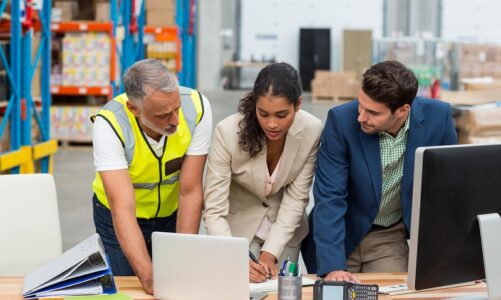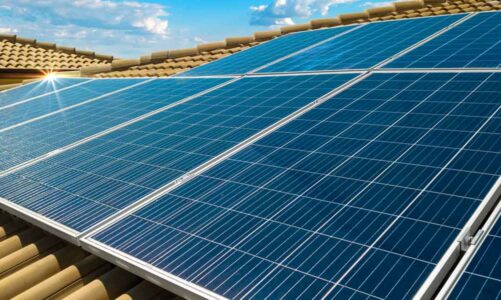The valve actuator is used for or a valve while opening and closing it. If it runs manually, there should be someone to operate and adjust them, using gears or other direct mechanisms.
Significance
The ones that work on power use the pressure of a gas, water, or electricity. You can regulate the flow and control of the process. They are common in plants. If you visit water power plants, factories, pipelines, refineries, you will see that they play a vital role in controlling the process. The valves have different diameters and may range from inches to few feet.
All the actuators that do not base on springs come under Non Spring Return Valve Actuators. They include electric, manual, hydraulic, and pneumatic types. In a manual actuator wheel, levers, and such mechanisms that need work by hand is in use. Operating plants with such types of valves is easy. But if they are huge, it requires more power to work it manually. In other cases, if the valve is situated around toxic places or environments that restrict entry, it can be risky.
Uses of Valves
Pneumatic actuators use pressure from gases. The pressure works on the piston to create a force on the valve. Actuators that are ‘double-acting’ supply the air to the inlets to regulate the movement of the valve. A system that compressors air provides the perfect pressure for it to work. In the case of other return valves that work on hydraulics, the pressure from the fluids controls the valve.
It works just like the pressure from the air and other gases with the help of a pump supply adequate water pressure in electric actuators. A motor that works on electricity provides the torque for the valve. You can save a lot of energy with a motor, and it adds no toxicity to nature in the form of pollution. You can also use the ones that run on batteries. Without the required pressure, the valve stays in a position that it was the last time. It is different from a string return valve.
Sum up
The one that works on a string needs pressure in a single direction. When the pressure subsides, the release happens in the opposite direction. A valve is for exchanges, among other systems. They also control and direct the flow and regulate the fluids or gases.




